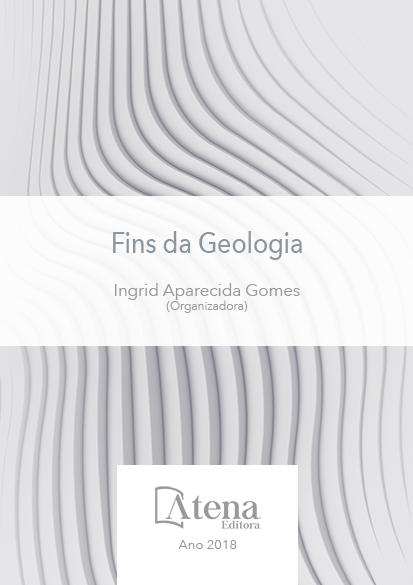
CONCENTRAÇÕES DE NITRATO EM ÁGUAS SUPERFICIAIS E SUBTERRÂNEAS EM ÁREA DE ATIVIDADE MINEIRA NO MUNICÍPIO DE CAÇAPAVA DO SUL, RS, BRASIL
O nitrato é o contaminante
inorgânico de maior preocupação nas águas
subterrâneas originando-se principalmente de
fertilizantes, cultivo do solo e esgoto humano.
Devido a ações antrópicas sua concentração
tem aumentado nas últimas décadas e valores
máximos permitidos para águas potáveis foram
estabelecidos em função de algumas doenças
que são atribuídas ao consumo de água com
concentração elevada de nitrato, em especial
a metahemoglobinemia infantil. Outra fonte
que pode estar associada à contaminação
por nitrato são os explosivos que possuem
compostos nitrogenados em sua composição
e são amplamente utilizados em atividades
mineradoras para o processo de desmonte das
rochas. Esta atividade está presente na região
de Caçapava do Sul, a qual é responsável por
cerca de 80% do pó de rocha produzido no
Rio Grande do Sul. Este trabalho apresenta as
análises realizadas em cinco pontos de coleta
(duas amostras de águas de poço e três de
arroio) com objetivo de verificar a influência
da atividade mineira nas concentrações de
nitrato das águas da região. Foram realizadas
caracterizações de potencial Hidrogeniônico
(pH), condutividade elétrica, alcalinidade total,
dureza total, cálcio, magnésio e nitrato. Todos
os resultados dos parâmetros analisados estão
de acordo com os padrões estabelecidos pela
legislação brasileira. Além disso, eles refletem
o intemperismo dos mármores dolomíticos que
deram origem ao solo, a influência do particulado
oriundo do beneficiamento de pó de rocha e
consequente escoamento superficial das áreas
drenadas pelo arroio e daquelas infiltradas no
substrato rochoso de Caçapava do Sul
CONCENTRAÇÕES DE NITRATO EM ÁGUAS SUPERFICIAIS E SUBTERRÂNEAS EM ÁREA DE ATIVIDADE MINEIRA NO MUNICÍPIO DE CAÇAPAVA DO SUL, RS, BRASIL
-
DOI: 10.22533/at.ed.2091821128
-
Palavras-chave: Qualidade da água, Mineração, Metahemoglobinemia
-
Keywords: Water quality, Mining, Methemoglobinemia
-
Abstract:
Nitrate is the major inorganic contaminant in groundwater originating mainly from four sources: application of manure,
fertilizers and inorganic nitrogen, soil cultivation, human sewage, and naturally occurring
atmospheric deposition. Due to anthropogenic actions, its concentration has increased
in the last decades and maximum values allowed for drinking water were established
by regulatory agencies due to some diseases that are attributed to the consumption of
water with high concentration of nitrate, especially infant methemoglobinemia. Another
source that may be associated with nitrate contamination is explosives that have
nitrogen compounds in their composition and are widely used in mining activities for
the process of dismantling rocks. Although the main sources of nitrate contamination
are associated with animal excrement, nitrogen fertilizers, soil cultivation, and domestic
effluents, mining activity may also represent a possible source of contamination.
This activity is present in the region being responsible for about 80% of rock dust
produced in Rio Grande do Sul. This work presents the analysis carried out in five
points of the study area with the objective of verifying the influence of mining activity
on nitrate concentrations of the region’s waters. Sampling consisted of the collection
of two samples of well water and three samples of water from streams located in the
municipality of Caçapava do Sul, RS. Characterizations of pH, electrical conductivity,
total alkalinity, total hardness, calcium, magnesium and nitrate were performed. All the
parameters analyzed are in accordance with the standards established by Brazilian
legislation. In addition, they reflect the weathering of the dolomite marbles that gave
rise to the soil, the influence of the particulate from the processing of rock dust and
consequent surface runoff of the areas drained by the stream and those infiltrated on
the rocky substratum of Caçapava do Sul.
-
Número de páginas: 15
- Diogo Gabriel Sperandio


